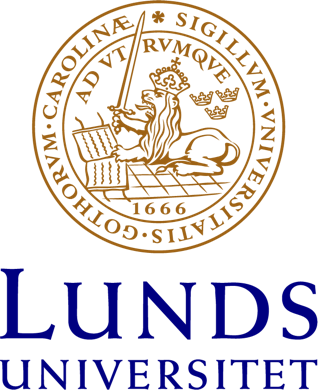Vara kvinna som barn – en kvalitativ intervjustudie om unga kvinnor med endometrios och deras upplevelser av kontakten med vården som barn
Endometriosis is an inflammatory disease where endometrium grows outside the uterus. It affects 10 percent of women, most presenting with symptoms during adolescence. The median age for diagnosis is 37 y/o, despite the early onset. Diagnosing endometriosis is difficult in children, and adolescents with endometriosis is an area in need of research. Previous studies have found that women with endome
